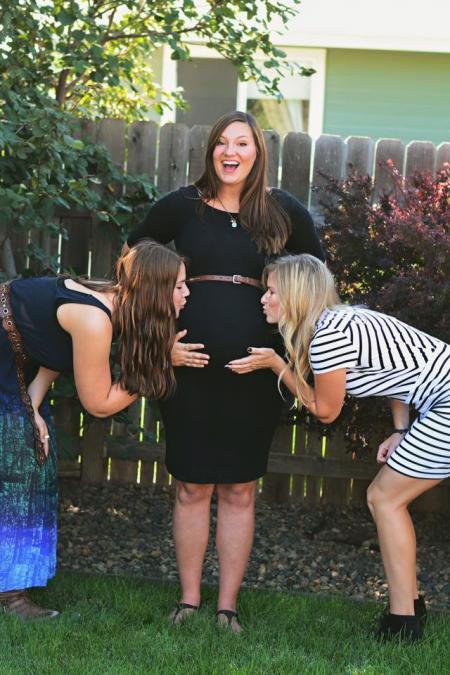
Learned helplessness is the belief that our own behaviour has no influence on consequences or events. This often manifests in students setting themselves up to fail before they even try. Ultimately, this can lead to students believing that they are not capable of overcoming the difficulties they face at school.
Through my work as a teacher, I’ve seen many young people who are becoming less independent, afraid of tackling something new because they don’t want to fail.
Why is this more prevalent with girls than boys? Increasingly, I’ve seen girls declare that they are unable to take on a challenge, or work out a problem for themselves, before they’ve tried or put in any honest effort.
The underlying problem is that their lack of effort causes failure, reinforcing their negative beliefs about themselves. Although learned helplessness can develop in students who don’t fail that often, children who repeatedly fail are at much greater risk of developing it.
Why Are Girls More Vulnerable to Learned Helplessness?
The fact that our girls are more vulnerable to learned helplessness can be attributed to a few different causes. Experiencing negative results in schoolwork is a major factor. Another is the overarching apprehension and need for girls to be perfectionists. Jenna Palumbo, a mental health therapist in Chicago, affirms the notion that adolescent girls are particularly susceptible to perfectionism. “Stereotypically, girls are given so much more praise when they’re polite, attentive, people-pleasing and easy to work with,” she says.
Additionally, our society tends to praise boys for being tough, while singling out girls for their appearance and good behaviour. In a school setting, this can lead girls to avoid behaviours that may chip away at their idea of perfection. The illusion of perfection can be so compelling that the risk of making errors is too distressing for them to even attempt the work.
Many girls work themselves into a panic about being publicly shamed, or called out on a mistake in front of their peers, which can override any intrinsic motivation to take such risks.
In their younger formative years, this perfectionism may be seen as an asset, making school a breeze. However, when entering middle school, topics often become more challenging, which requires students to ask questions and make mistakes in order to learn the concepts. This may challenge these perfectionists.
In these challenging situations, girls adjust their behaviour to seek acceptance and avoid standing out, which can draw more attention to their perceived flaws.
Increasing reliance on others who are readily available to ‘help’ them solve problems may also be adding to their inherent concerns. Many parents who are in a position to afford external support have made tutors or extra tuition readily available to young teens struggling to keep up with schoolwork. This may make children believe that they do not have the resources or ability to tackle their work alone.
The result is that they may wait for a friend to pass on the solutions, or claim ignorance in class and wait for teachers to spell out explanations for them. In all of these scenarios, the child has embraced the narrative that they are helpless in that situation, so they don’t try to change it even when change is possible.
Researching Learned Helplessness
Researcher Carol Dweck and her associates have studied learned helplessness, with their findings published by the American Psychological Association. In their work, they found that girls, rather than boys, showed greater evidence of learned helplessness in achievement situations. Girls often attributed their failures to lack of ability, rather than motivation, and thus showed impaired performance under failure.
This condition of learned helplessness often results in passive learners who are too afraid of failure to try new things. Rather than study or work at something to improve their knowledge (which requires effort, grit, and resilience), more girls are giving up on themselves before even trying because of their fear of failure.
What Can We Do?
What can we do, as educators and parents, to dismantle learned helplessness?
Most importantly, we want to foster youth who are less dependent and much more self-reliant. We can help our girls build resilience by showcasing examples of how failures can lead to success. We can also model acts of courage by displaying vulnerability in taking risks ourselves. These two actions are key to developing these skills.
Teachers and parents alike need to watch the forms of praise they give girls. They shouldn’t use limiting language, and instead should use growth mindset phrases, providing encouragement and help only if the student has had an honest go at something themselves first.
Parents and educators need to be more aware that they should be rewarding effort, not results. We should be moving towards a place where kids are encouraged, not signed up for extra tuition every time they find a subject difficult. This can quickly become a crutch.
Showing children some tough love, on occasion, may be the most important form of support. Letting kids fall, and teaching them the value of getting back up on their own terms is monumental in setting them up for success. There is so much merit and value in tackling something on their own.
Ultimately, we need to get students comfortable with being in discomfort.



























